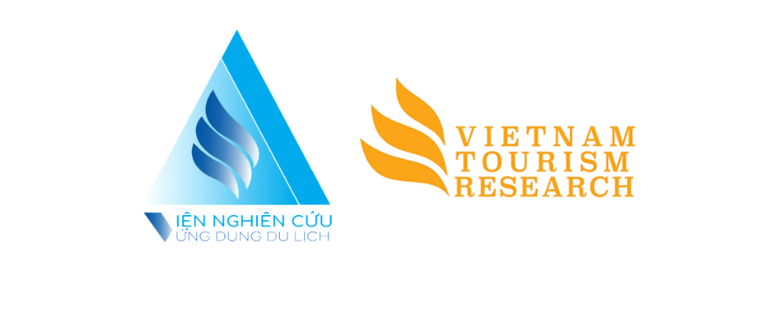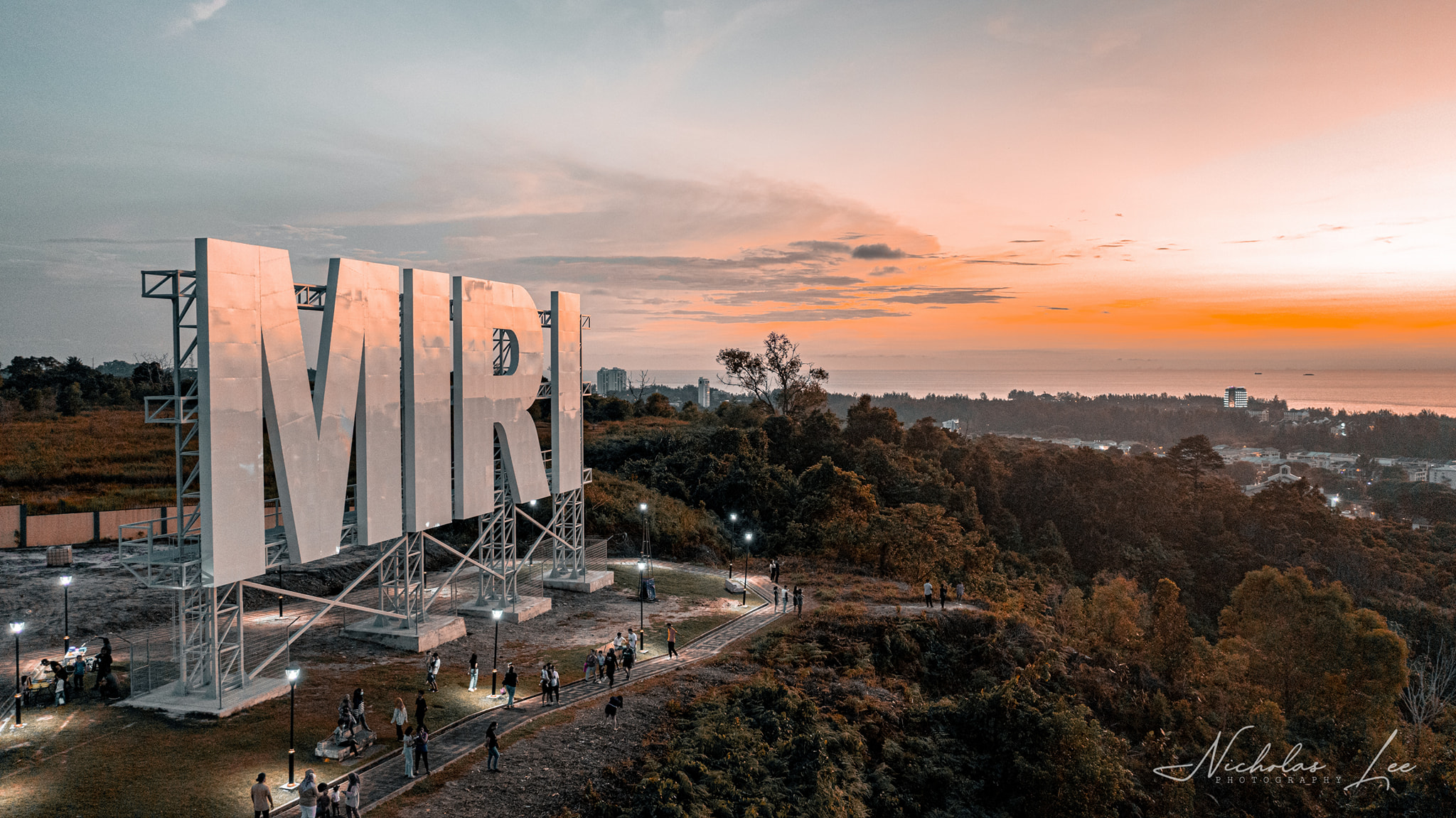This post is also available in:
Tiếng Việt (Vietnamese)
This article analyzes post-COVID-19 transformation strategies for marine and coastal tourism aimed at building a sustainable ocean economy. Drawing on the Ocean Panel reports and practical examples from Palau, Hawaii, Mexico, and Chumbe Island, the article proposes solutions in multi-stakeholder governance, innovative finance, and environmental impact measurement.
The Importance of Coastal and Marine Tourism and the Need for Transformation
The Ocean Panel – a high-level initiative convening 17 heads of state since 2018 – has set a global goal for a sustainable ocean economy, where protection, production, and prosperity progress hand in hand. Since 2020, the Transformations for a Sustainable Ocean Economy action agenda has called on member states to sustainably manage all ocean areas under national jurisdiction by 2025.
Within this context, marine and coastal tourism is not only a key economic sector but also a major influence on ocean ecosystems and coastal communities. However, as Peter Schuman warns, the pre-pandemic model of mass tourism has revealed its unsustainability across environmental, cultural, and economic dimensions. COVID-19 became a catalyst for nations to reconsider the value of tourism and accelerate structural transformation within the industry.
Vision and Principles of Sustainable Tourism: Regeneration and Resilience
The 2030 vision is to build a marine and coastal tourism sector that is sustainable, resilient, and regenerative. Three core pillars are identified: environmental sustainability, cultural preservation, and economic prosperity. Reports indicate that when the first two pillars are adequately invested in, the third – economic sustainability – will flourish in a stable and long-term manner.
Jamaica serves as a model with its Blue Ocean Strategy to revalue tourism, foster product innovation, and reduce economic leakage. This approach envisions tourism not only as development, but as “development that protects and restores.”
Mechanisms and Initiatives for Transformation
Data, Measurement, and Indicators
One key finding is the need to build new metrics to assess tourism effectiveness beyond GDP. A proposed set of 32 indicators integrates ecosystem regeneration, community participation, and risk adaptability. The Measuring the Sustainability of Tourism (MST) project (UNWTO) and the System of Environmental-Economic Accounting (SEEA) (UN) are being implemented in over 100 countries. Bonaire is a pioneering example of using ecosystem valuation data to finance national marine parks through user fees.
Finance and Investment
Financial mechanisms such as eco-tourism fees, green bonds, and concession fees remain underutilized. Although research shows tourists are willing to pay more to protect nature and culture, only 30% of tourism businesses worldwide report investing in nature-based solutions. Mobilizing finance for regenerative projects requires incentive policies and transparency regarding environmental and social benefits.
Collaboration and Governance
Multi-stakeholder governance is seen as the foundation of all transformation. From Chumbe Island in Zanzibar to La Mano del Mono in Mexico, partnership models between communities, governments, and businesses have demonstrated clear effectiveness in financial accountability, transparent data, and climate resilience. Notably, community-based initiatives in Jamaica and Hawaii showcase the central role of local populations in decision-making processes.
Diversification
Diversification extends beyond tourism products to the entire value chain. Biodiversity-based economic models combining tourism with beekeeping, indigenous agriculture, or carbon projects present a sustainable path that stimulates local economies while dispersing risk. Expanding activities such as coral reef snorkeling, forest trekking, and local food production is key to enhancing destination resilience.
Case Studies and Lessons Learned
Palau requires tourists to sign an environmental pledge upon entry. Hawaii has restructured its tourism strategy to center indigenous culture and environmental protection. Chumbe Island self-finances through an eco-lodge model. La Mano del Mono in Mexico has increased its environmental management budget by 5,000% thanks to direct visitor contributions. In Barbados, coastal infrastructure that integrates tourism with disaster preparedness has proven to be a high-return investment. These models share three common traits: transparent financing, community participation, and data-driven system management.
Terminological Evolution and Climate Change Integration
The evolution from “ecotourism” to “regenerative tourism” reflects a shifting awareness within the sector. However, the risk of greenwashing is increasing as sustainability concepts are sometimes used superficially. Hence, transparency in indicators and measurable outcomes is indispensable.
Climate change remains the fundamental challenge. National climate action plans have now incorporated tourism into their adaptation and recovery pathways. Hawaii’s Holomua 30×30 initiative – which aims to effectively manage 30% of nearshore waters – exemplifies how tourism can be tightly aligned with climate action.
The COVID-19 pandemic has raised a fundamental question for coastal and marine tourism: Should it continue with the unsustainable mass-tourism model or transition to a regenerative, equitable, and resilient system? Empirical evidence and academic analysis point to one viable answer: transformation. This requires comprehensive action – from policy to product, from travelers to operators.
Tourism should not, and cannot, remain a passive observer in the fight to protect the oceans. On the contrary, it must become a catalyst for ecosystem restoration, cultural preservation, and equitable development – fulfilling its true role in a sustainable ocean economy.










